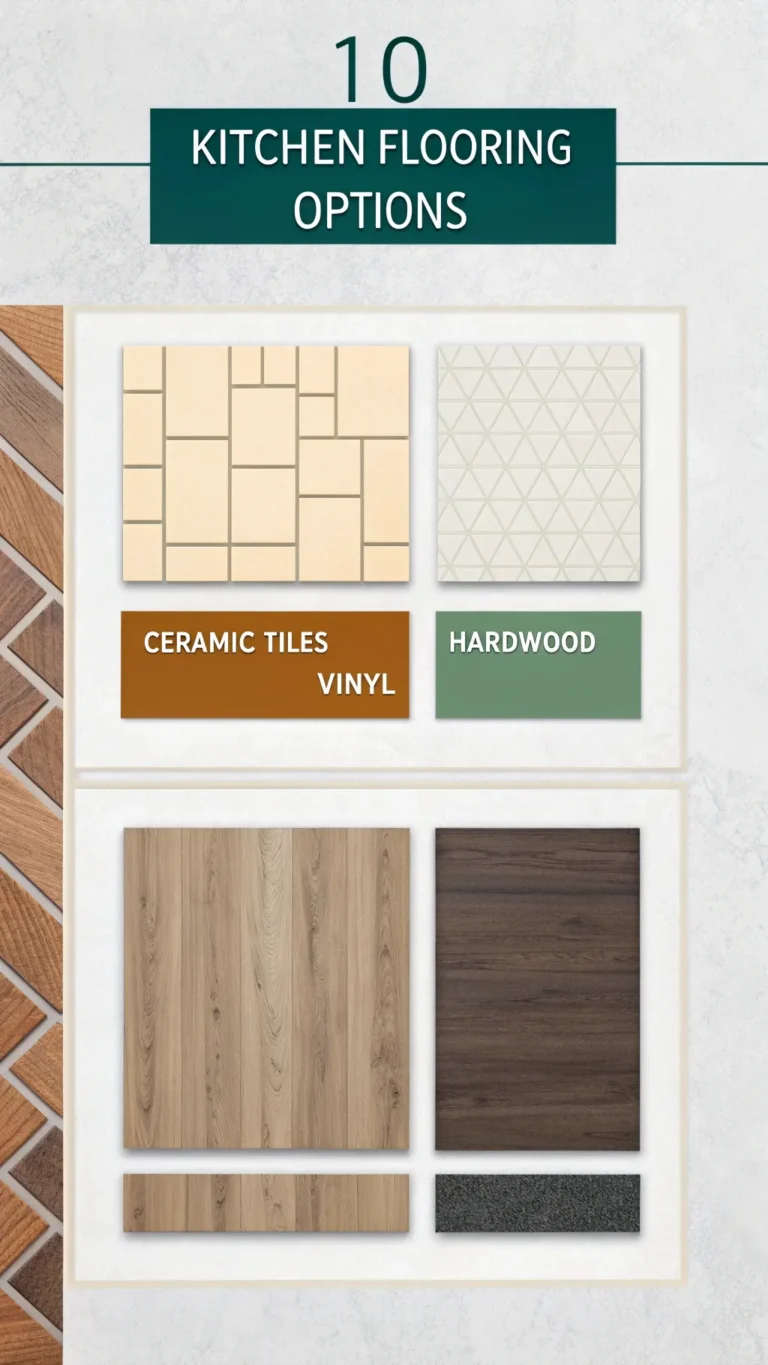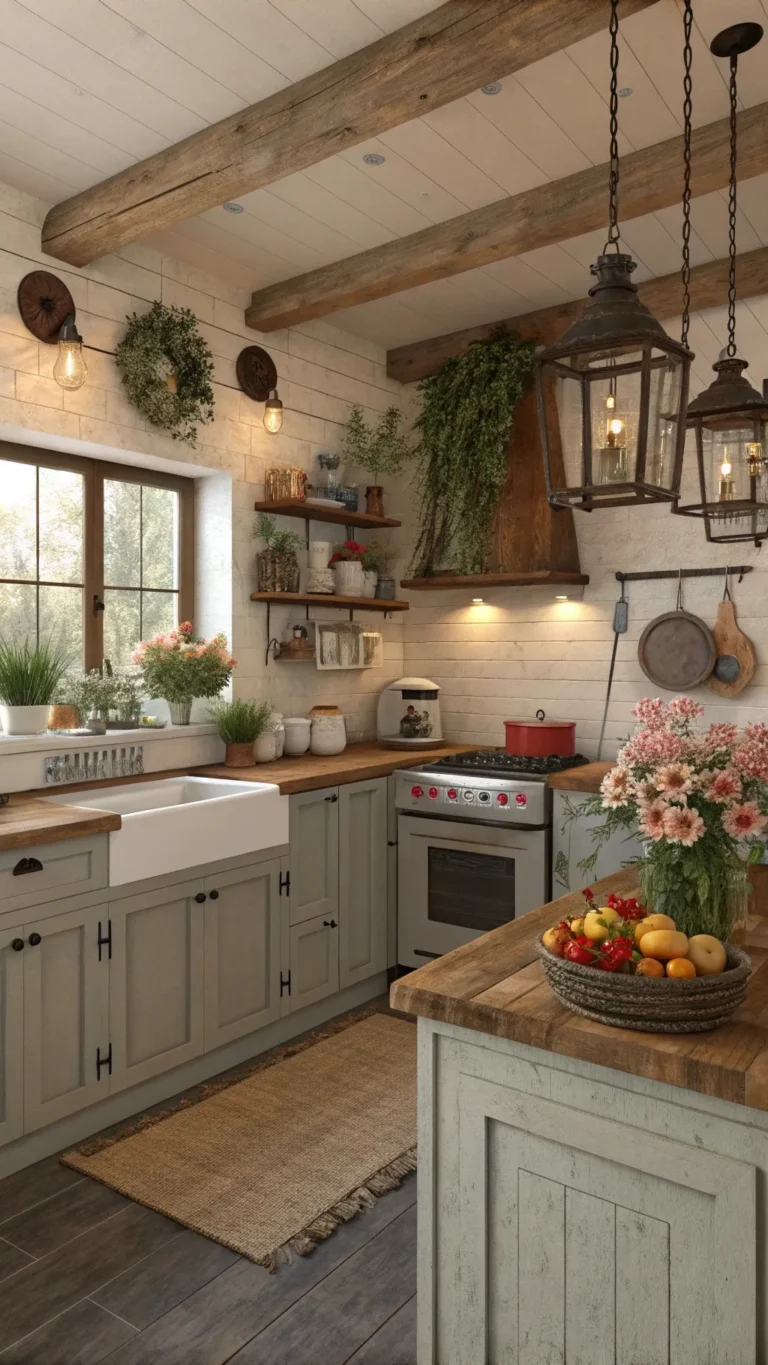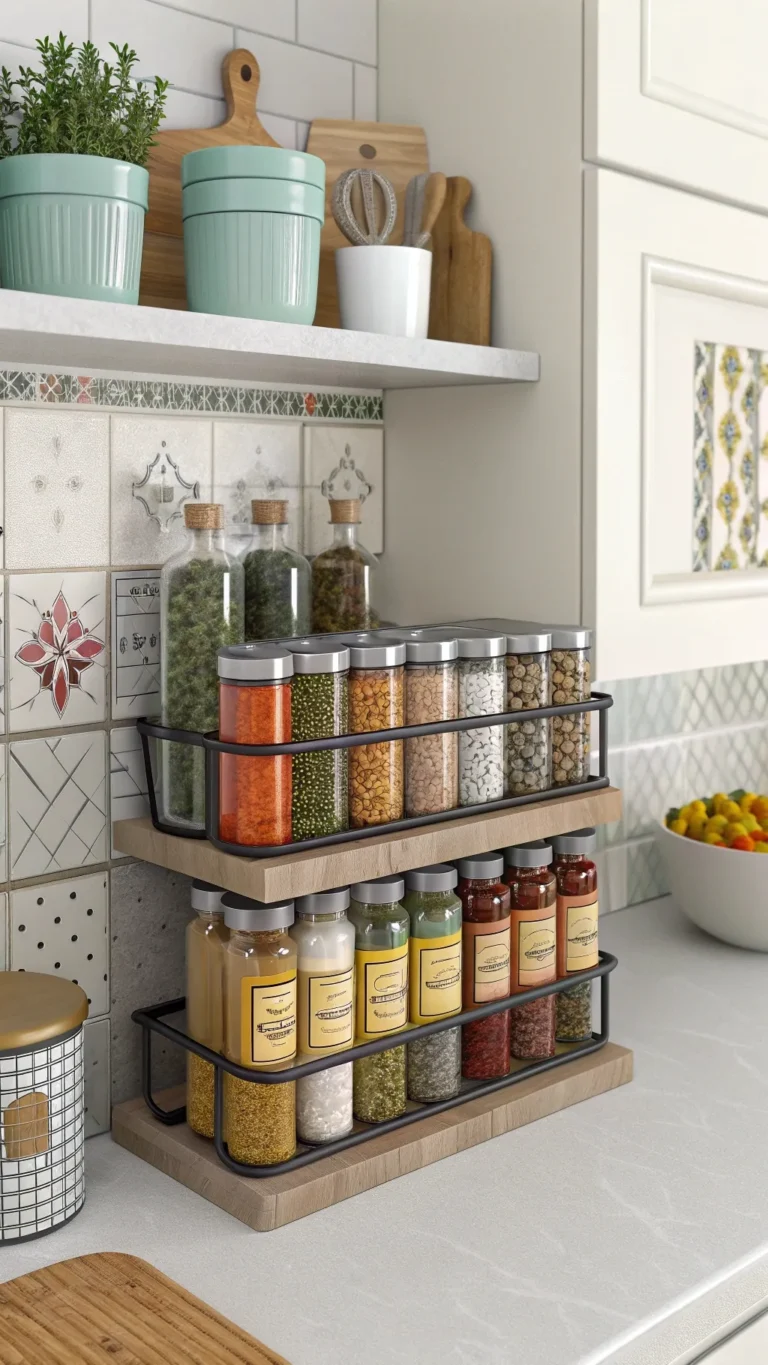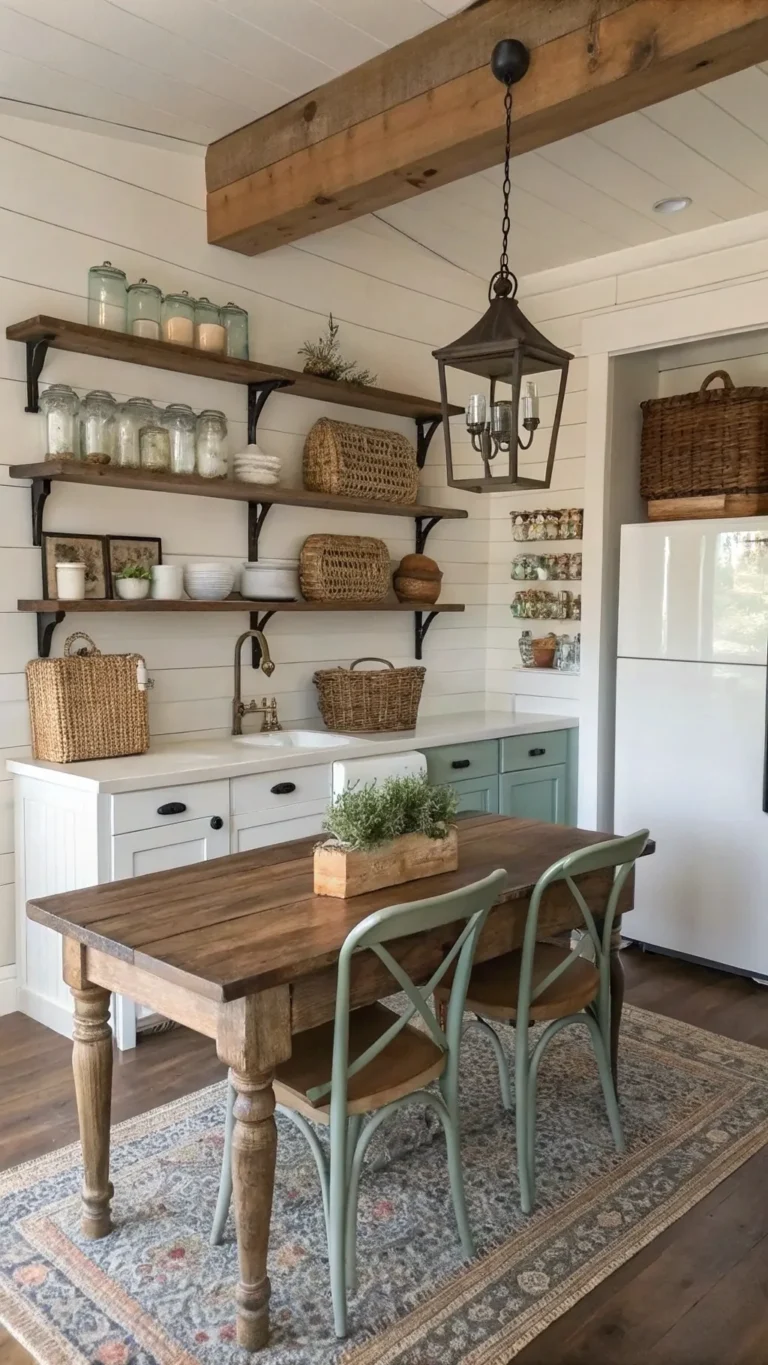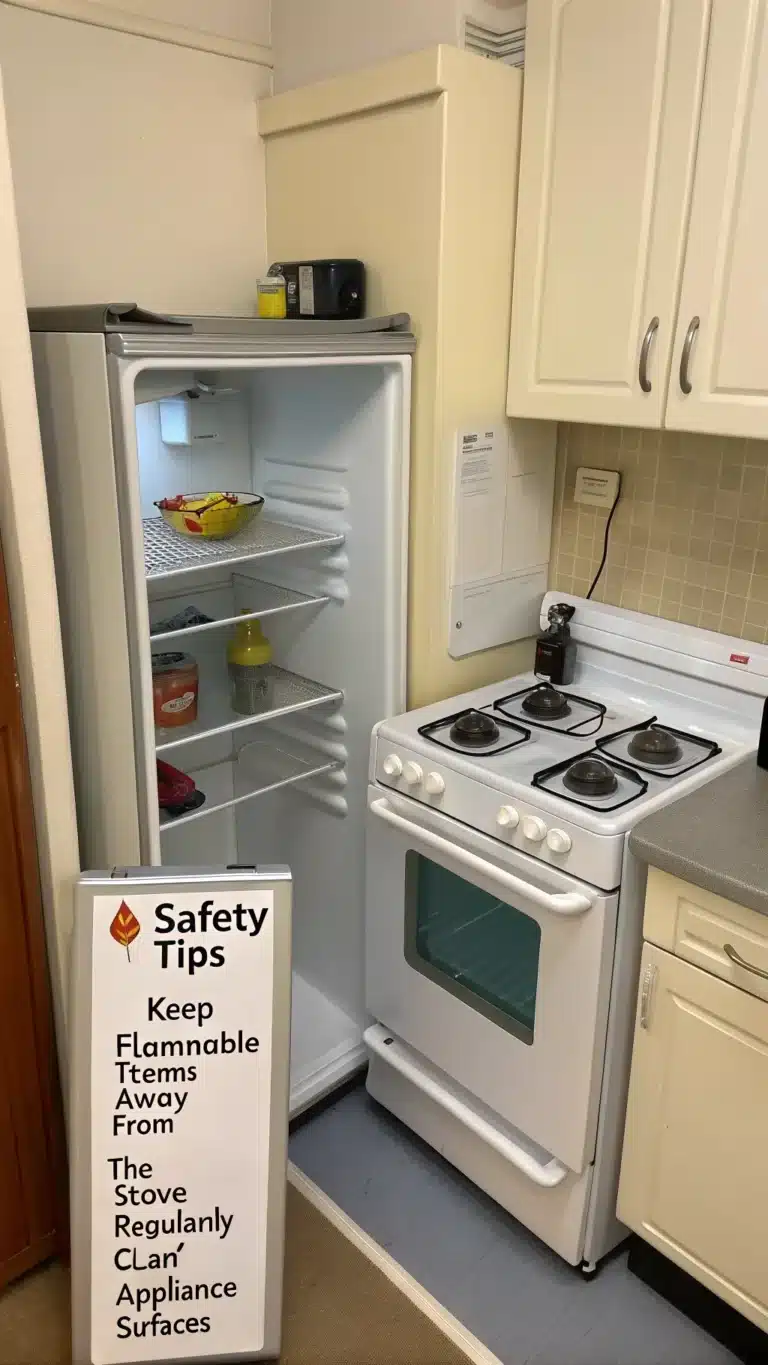How to Dispose of Small Kitchen Appliances: Your Complete 2025 Guide
My kitchen is where I spend a lot of time. It is my favorite room. But sometimes, gadgets get old. A blender stops working right. An old coffee maker sits there. Maybe you got a new air fryer. Now, the old one just takes up room. You want more space. You want a clean kitchen. This is part of kitchen cleanup.
You know you cannot throw these in the regular trash. They are more than just garbage. They contain special parts. Throwing them away hurts the planet. This is called electronic waste. We need better ways to get rid of them. Responsible disposal is important.
I will help you with this. This guide shows you the right way. It covers how to dispose of small kitchen appliances. We will look at all your choices. Should you fix it? Can you sell it? Is donating an option? What about recycling? This guide helps you declutter kitchen counters.
We will cover important steps. First, check your old item. Then, get it ready. We will explore recycling methods. We will look at giving and selling. I will share tips for tough items. Let’s clear your kitchen space.
Don’t Just Toss It: How to Decide the Best Fate for Your Old Kitchen Gadgets
You have an old appliance. Maybe it is broken. Maybe you just do not use it. You need to decide what to do. Throwing it away is bad. Electronic waste hurts the planet. We have better choices. Let’s figure out your best step.
Is it Working?
This is the first check. Plug the item in. Does it turn on? Does it do its job? Try blending something. Make toast. Brew coffee. See if it works like it should.
Is it Repairable?
Things sometimes break. A cord might be loose. A part might be stuck. Can you fix it easily? Look for simple fixes online. Sometimes repair costs too much. Buying new is cheaper then. Think about the cost.
What’s Its Value?
Your appliance might work. It could still be useful. Could someone else use it? Maybe they would buy it. Look online for prices. See what similar items sell for. The brand matters. How old is it? Is it clean? All these things change the value.
Is it Donate-Worthy?
Many places need things. Shelters or charities help people. They take working appliances. It must be clean. All parts must be there. Call them first. Ask what they accept. Donating helps others. It clears your kitchen.
When is Recycling the Only Option?
Some things are truly broken. You cannot fix them. They are too old to use. These items need recycling. They are electronic waste. This keeps bad stuff out of the ground. It saves valuable materials. Recycling is the right choice then. This is key for responsible disposal.
It helps to make a list. Write down each old item. Is it working? Can you fix it? Is it worth money? Could you give it away? Or does it need recycling? This simple check helps clear your kitchen organization. It is part of upgrading kitchen tools smart. Think about the appliance lifespan.
Getting Ready: Cleaning, Safety, and Data for Appliance Disposal
You decided what to do. Now prepare your appliance. This step is important. Do this before you move it. Get it ready for its next home.
Thorough Cleaning
Clean the appliance well. Do this if selling or donating. Nobody wants a dirty item. Wash all parts. Get out old food bits. Clean the inside too. Make it look its best. A clean item is more welcome.
Safety First
Be careful with sharp parts. Blender blades cut. Food processor blades are sharp. Handle them slowly. Cords can trip people. Wrap cords neatly. Lift heavy items carefully. Get help if you need it. Safety protects you and others.
Data Privacy (for Smart Appliances)
Some new gadgets are smart. They connect to the internet. They might save your settings. A smart coffee maker remembers coffee strength. A smart scale saves your weight. Reset these items first. This removes your personal data. Look up how to factory reset it. This protects your information. This is true for smart kitchen gadgets.
Gathering Manuals/Accessories
Find the power cord. Gather all the parts. Did it come with a manual? Include it if you have it. This helps the next person. Put small parts in a bag. Keep everything together. This makes selling or donating easier.
Cleaning helps with kitchen cleanup. It makes disposal safer. It protects your information.
Beyond the Bin: How to Responsibly Recycle Your Small Kitchen Appliances
Putting old appliances in the trash is not good. They contain metals and chemicals. These hurt the earth. This is why electronic waste matters. Recycling helps protect our planet. It is a sustainable kitchen practice.
Why Recycling Matters
E-waste is a big problem. Old electronics pile up. They have toxic parts. Lead and mercury are bad. Recycling gets useful materials back. We can use them again. This saves resources. It helps the environment. This is responsible disposal.
Finding Local Recycling Centers
You can find places to recycle. Many cities have centers. They take electronic waste. Look online for locators. Search for appliance recycling programs. Your local government website helps. Find a certified place. They handle items the right way.
Municipal Programs & Drop-Offs
Some towns have special days. They collect e-waste. Or they have drop-off spots. You take your items there. Check your town’s rules. These are often free options.
Retailer Take-Back Programs
Some stores take old items back. Especially when you buy new. Ask the store. They might recycle it for you. Sometimes there is a small fee. Sometimes it is free.
Manufacturer Recycling Initiatives
Some brands help recycle. Check the appliance brand’s website. They might have a program. This makes it easier for you.
What Happens After Recycling?
Recycling centers break things down. They separate plastic, metal, glass. Special parts get handled safely. Useful parts get reused. This is how we recycle small kitchen appliances.
Let me tell you about Sarah. Sarah had a broken food processor. Her old toaster was also broken. She did not want to trash them. She knew about e-waste. Sarah felt unsure where to go. She read about recycling online. She used a tool to find a place nearby. It was an e-waste drop-off center. They took small appliances. Sarah cleaned her items carefully. She wrapped the processor blade safely. She gathered the cords. She took them to the center. Sarah recycled both items. She felt good about helping the planet. Her kitchen counter was empty now.
Finding a place is easy. You can search for local recycling centers. Look for e-waste drop-off points. Some places charge a fee. Others are free. Choose what works best for you.
From Your Kitchen to Theirs: Donating and Selling Small Appliances
Your old appliance still works. You decided not to keep it. You have two good options. You can give it away. Or you can sell it. Both give it a second life.
The Gift of Donation
Giving things away feels good. Many groups need working items.
Where to Donate
Charities take donations. Homeless shelters need things. Community centers use appliances. Places like Habitat for Humanity shops take them. Call them first. Ask what they need.
What’s Accepted
Items must work. They must be clean. All parts must be there. They want things people can use.
Benefits
You help people in need. It is good for the community. You might get a tax paper. It keeps items out of landfills. This is a kind way to donate kitchen gadgets. It helps with kitchen organization.
Selling for Extra Cash
You might make some money. Sell items you do not need.
Where to Sell
Sell online. Facebook Marketplace is popular. Craigslist works too. eBay reaches many people. You can have a garage sale. Local shops might buy them.
Setting the Price
See what others ask. Look for the same item online. Set a fair price. Think about its age. Is it in great shape? Write a good description. Take clear photos.
Handling Transactions
Be safe when selling. Meet in a public place. Or have someone with you. If shipping, pack it well. Selling takes more effort. You talk to buyers. You arrange pickup or mail.
Pros and Cons
Donating is simple. You drop it off. Selling takes more time. You deal with people. But you get money. Giving helps others directly. Think about what matters most to you. Both options help declutter kitchen space.
Donating is easy. Call a charity. Selling takes work. List it online. Talk to people. Choose the best way for you. This is what to do with old kitchen appliances that work.
Handling Tricky Gadgets and Planning for the Future of Your Kitchen Tools
Some appliances need special care. They have parts that are tricky. Let’s look at these items. Also, let’s think ahead. How can we buy better next time?
Appliances with Blades/Glass
Be extra careful here. Blenders have sharp blades. Food processors have blades too. Glass coffee pots break. Wrap blades safely. Use thick paper or cardboard. Secure glass parts. This protects people handling them.
Appliances with Batteries/Hazardous Components
Some items have batteries inside. Microwaves have special parts. These need special handling. They can be hazardous materials. Rechargeable batteries are e-waste. Always check local rules. E-waste centers know how to handle them.
Large “Small” Appliances
What about toaster ovens? Or big air fryers? They are not huge ovens. But they are bigger than a hand mixer. Sometimes disposal rules differ. Check if they are treated like small or large appliances. Ask your local waste center.
The Rise of Smart Kitchen Gadgets
New appliances are smarter. They connect to apps. They store settings. Remember to reset them. Clear your personal data. This is important for smart kitchen gadgets. Technology keeps changing.
Sustainable Kitchen Practices
Think about the earth. Choose items that last. Repair things if you can. Dispose of old items right. This helps the planet. It is part of being sustainable. It is responsible disposal.
Planning for the Future
Buy things that are durable. Some brands offer take-back programs. They help you recycle later. Think about disposal when you buy. This makes it easier later. It is smart when upgrading kitchen tools.
Handling items like microwaves needs care. Blades need safe wrapping. Knowing how to dispose of small kitchen appliances with special parts is key. It protects you and others. And it protects the earth.
Your Top Questions About Appliance Disposal, Answered
Getting rid of old kitchen items brings up questions. It is normal to wonder. Here are some common ones I hear.
Can I just put my old toaster in the regular garbage?
No, please do not do that. Old electronics are e-waste. They have bad stuff inside. E-waste hurts the planet. Regular trash does not handle it right.
Where can I donate a working blender?
Many places need working things. Local charities are great. Shelters can use them. Community centers too. Call them first. Ask what they need now. They like clean, working items. This helps with charity donations.
Are there free ways to recycle small appliances?
Yes, there often are. Many towns have free drop-off spots. They take e-waste. Some stores might recycle for you. Especially if you buy a new one. Check your local recycling centers. They have details. Some appliance recycling programs cost a little.
What’s the difference between disposing of a small appliance and a large one?
Rules can be different. Small items like toasters are e-waste. Large items like fridges need special pickup. They often contain coolants. Always check local rules. They tell you how to handle both.
Is it ever worth repairing an old coffee maker?
Sometimes it is. Simple fixes might work. A new cord is easy. If the repair costs too much, maybe not. Compare fix cost to new cost. Think about how old it is. Repair kitchen appliances when it makes sense.
Clearing Your Counters, Conscience, and the Planet
We covered a lot today. You now know how to handle old kitchen gadgets. Putting them in the regular trash is not the best way. Electronic waste hurts the earth. You learned assessing your item is the first step. Is it working? Can someone else use it?
You have good options now. Recycling helps keep bad things out of landfills. It reuses valuable parts. Donating gives items a new home. Charities appreciate working things. Selling can earn you a little money back. All these choices are part of responsible disposal.
Getting rid of old items feels good. Your kitchen counters get clear. You make more space. You also feel good inside. You helped the planet a little. You helped someone else maybe. This is how we build a more sustainable kitchen. It starts with small steps.
Pick one old appliance today. Use this guide to help you decide. Find its best next step. It is easy to do. Share your success story below. Ask any questions you have left. Learning how to dispose of small kitchen appliances makes a real difference.

